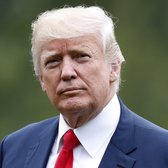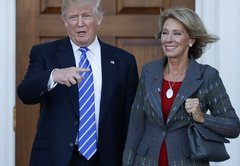Add additional federal investment of $20 billion toward School Choice
Donald Trump
"Immediately add an additional federal investment of $20 billion towards school choice."
Trump-O-Meter

Promise Broken

